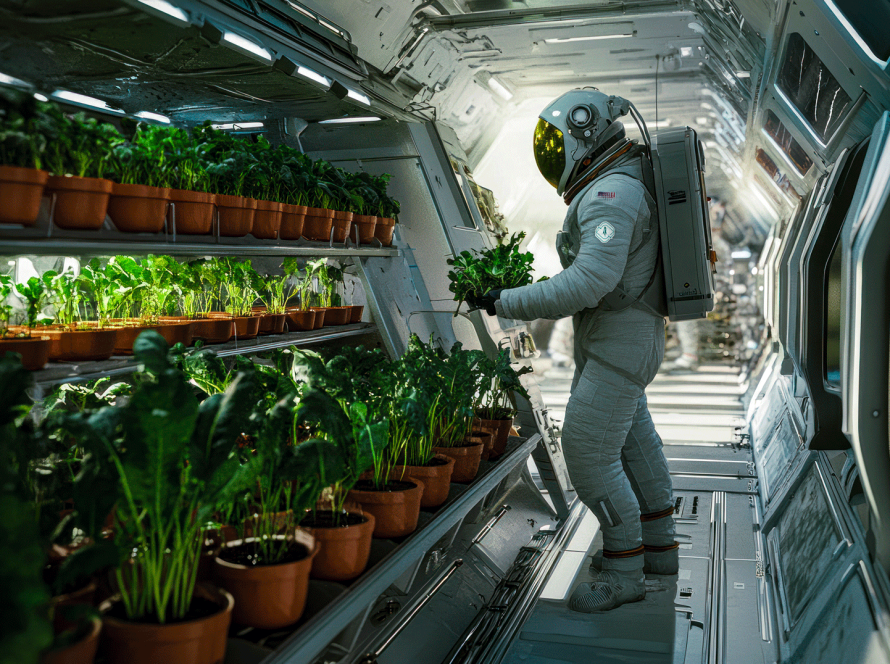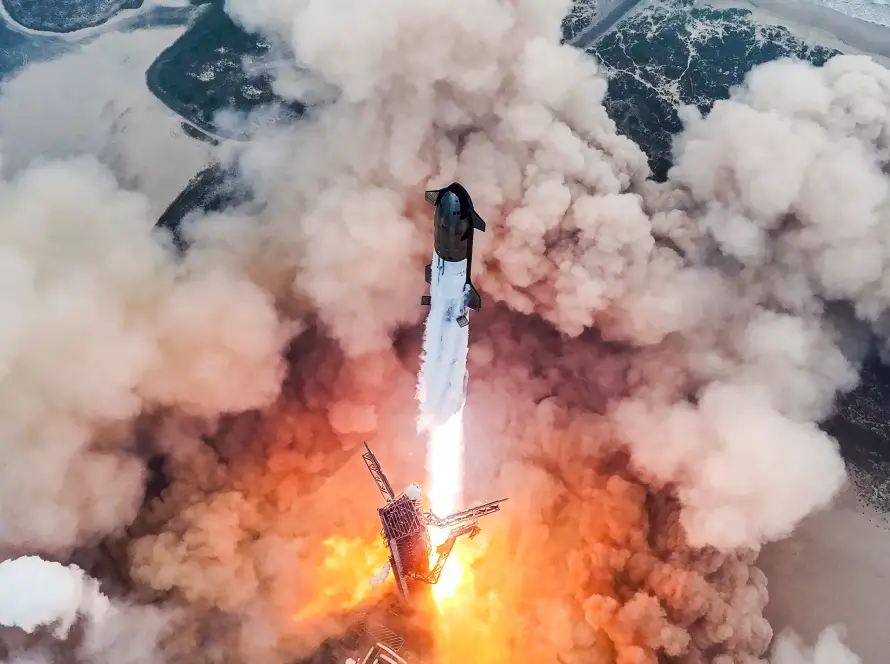NASA has launched the LunaRecycle Challenge, a $3 million initiative to inspire innovative recycling solutions for extended lunar missions. As preparations for future human space exploration advance, efficient waste management becomes essential to minimize the need to return waste to Earth.
Accepting this challenge, BNPSPACE brings over decades of research in converting various types of waste – including organic and plastic materials with long-chain molecules – into aromatic hydrocarbons. This process reverts complex molecular structures to their atomic properties and recombines them in a unique and simplified method.
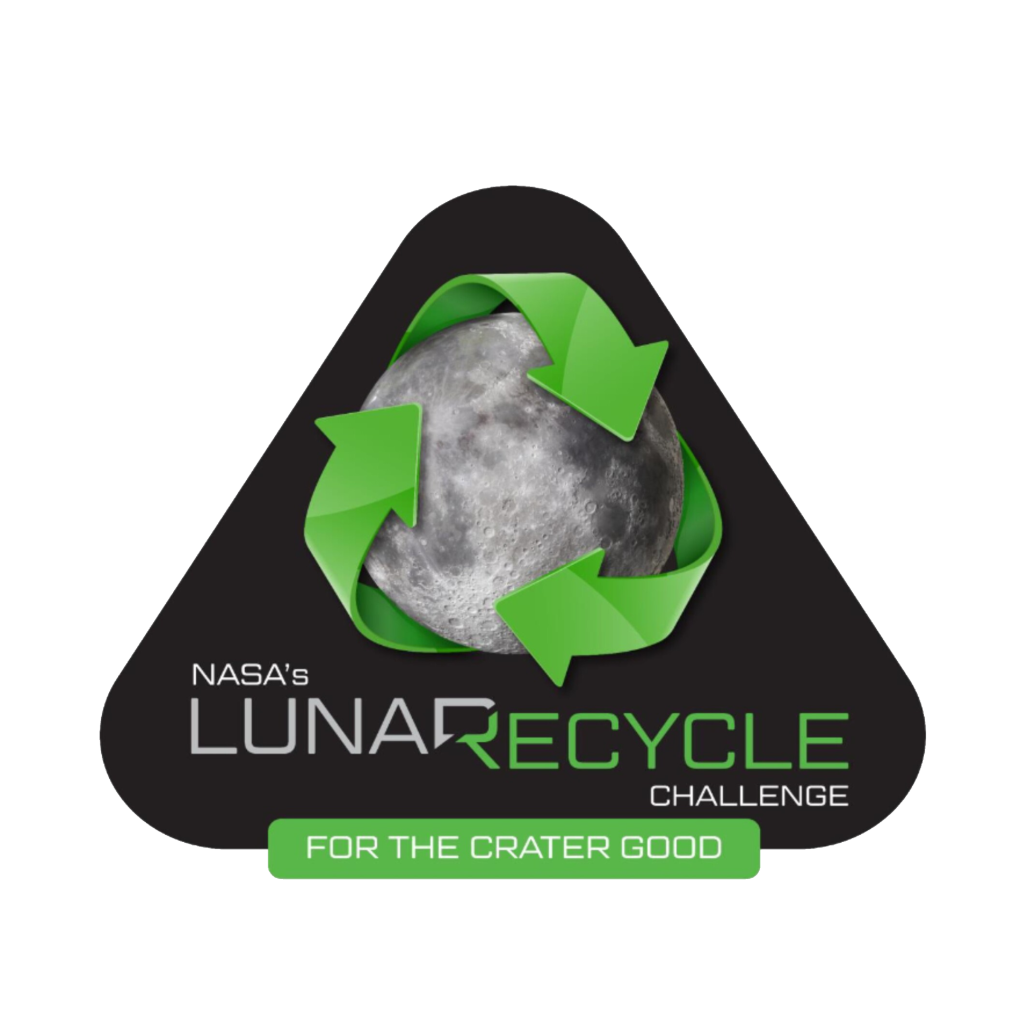
By entering the competition, BNPSPACE aims to demonstrate its capability to meet the demands of the space sector and apply these solutions to everyday life on Earth. This endeavor not only validates the market need for waste solutions in space but also positions BNPSPACE as a leader in sustainable and innovative space technology.
About NASA’s LunaRecycle Challenge
The LunaRecycle Challenge is a $3 million competition aimed at developing recycling solutions to reduce solid waste and enhance the sustainability of longer-term lunar missions. It seeks innovative approaches that can also inspire better recycling methods on Earth, improving efficiency and reducing toxic outputs.
The challenge focuses on designing systems that can handle the types of waste expected during extended lunar missions. The goal is to maximize the percentage of waste recycled from various categories relevant to a hypothetical 365-day lunar mission, while minimizing resource inputs and unusable outputs.
Participants are encouraged to create efficient, low-impact systems capable of recycling waste into useful products on the Moon’s surface. The competition features two tracks:
- Digital Twin Track: This track involves designing a digital twin of a complete recycling system for the lunar surface. Digital twins allow for numerous virtual design iterations without the need for physical prototypes, saving time and costs.
- Prototype Build Track: This track focuses on developing hardware components and systems for recycling solid waste on the Moon. It complements other research activities by emphasizing practical solutions that can be implemented in the lunar environment. BNPSPACE is participating in this track, aiming to contribute its expertise in waste conversion technologies.
Mission Scenario and BNPSPACE’s Focus
BNPSPACE is participating in the Prototype Build Track of the LunaRecycle Challenge, developing practical solutions for recycling waste on the lunar surface. In this scenario, a crew of eight has accumulated 4,200 kg of solid waste over a 365-day mission, spanning six categories and 17 different items.
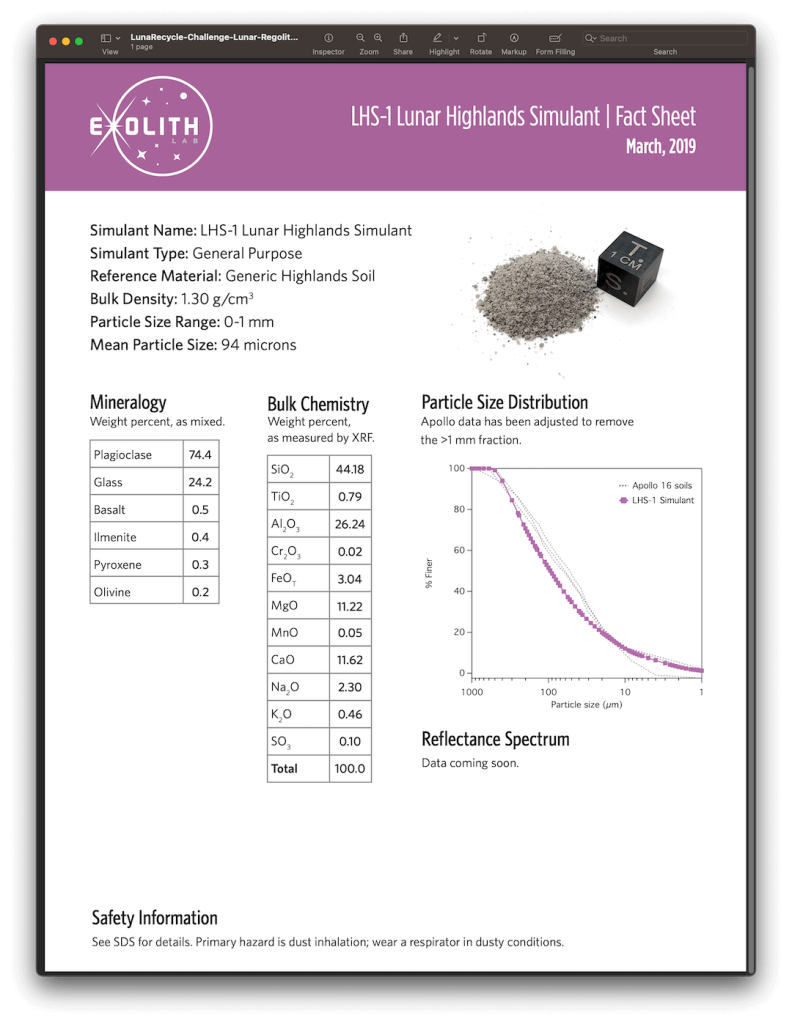
Recycling systems can be placed either outside on the lunar surface or within a pressurized habitat, each with distinct operational conditions that influence the design.
Operational Conditions
- Outside, on the lunar surface:
- Gravity: 1.625 m/s²
- Atmospheric pressure: 0.3 nanopascal (nPa)
- Temperature range: 50 K to 250 K
- Inside a pressurized habitat:
- Gravity: 1.625 m/s²
- Atmospheric pressure: 57.2 kilopascals (kPa)
- Temperature range: 18°C to 27°C
- Air composition: Approximately 34% oxygen and 66% nitrogen with water vapor
- Volume constraints:
- The solution must fit within the space used by four EXPRESS Rack double lockers.
- Each EXPRESS Rack double locker dimensions: 48.26 cm height × 41.91 cm width × 24.13 cm depth.
BNPSPACE’s solution will account for these conditions to develop an efficient recycling system suitable for the lunar environment.
Materials: Waste Categories and Items
In this mission scenario, the crew has generated waste across six categories, totaling 4,200 kg and 42 m³. Teams can select one or more categories to recycle, without needing to process all items in a category or achieve full recycling efficiency.
Unlike methods limited to specific waste types, our technology can process any waste, eliminating the need to source additional materials. This capability enables us to recycle across all categories, addressing the mission’s waste management needs effectively.
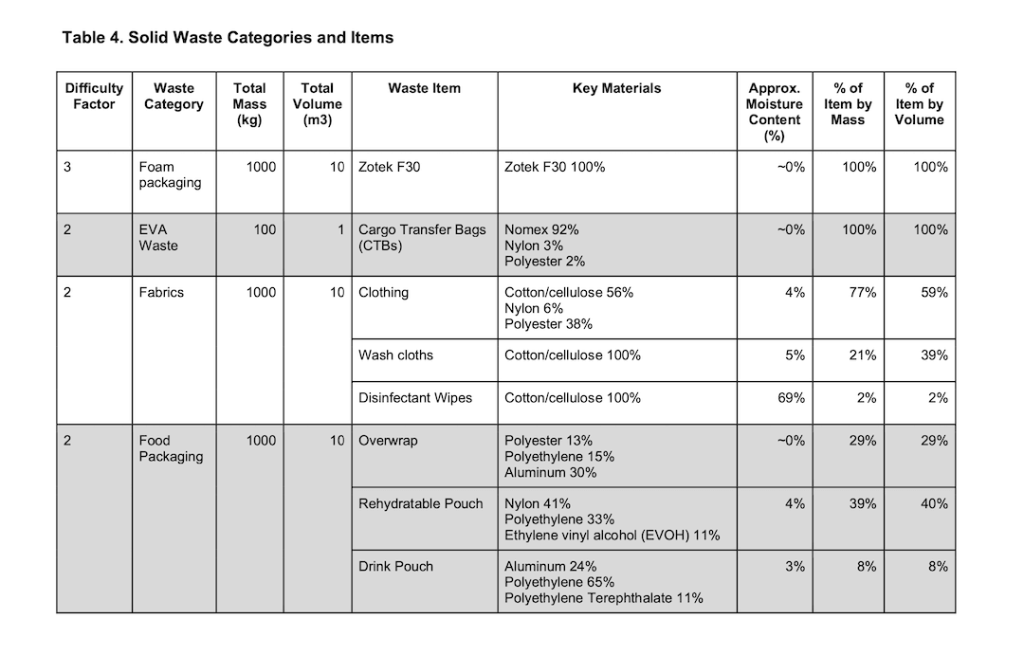
Unrecycled materials will count as unusable output. BNPSPACE’s versatile recycling technology aims to maximize efficiency and impact across diverse waste types.
Conclusion
By entering NASA’s LunaRecycle Challenge, BNPSPACE aims to validate the market need for innovative waste solutions in the space sector. NASA’s $3 million investment in this challenge highlights the critical demand for efficient recycling technologies for long-term lunar missions.
Our existing solutions already meet the requirements set by NASA, demonstrating our capability to address these challenges effectively. Participating in this competition not only underscores the importance of the LunaRecycle Challenge but also positions us as a leader in sustainable and innovative space technology.
We are committed to advancing waste recycling methods that will power humanity’s multi-planetary future.


